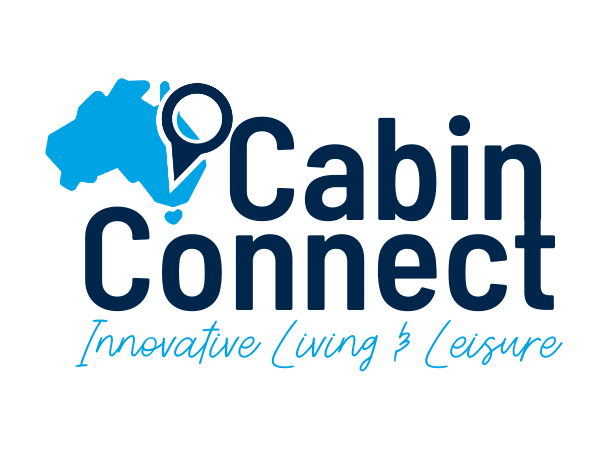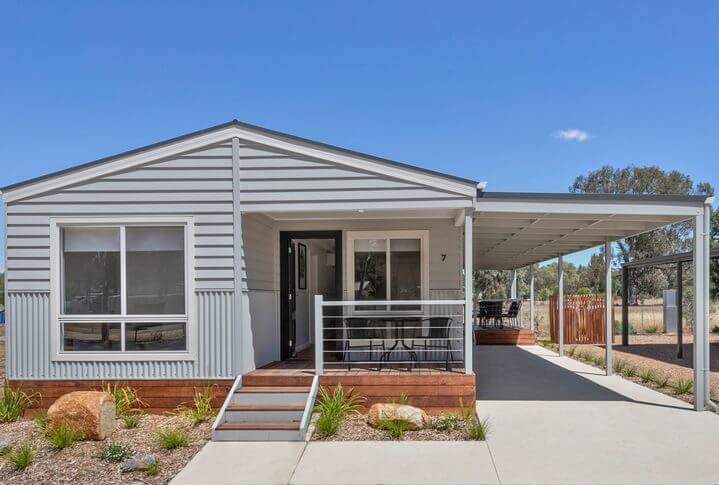Across the globe, large corporations are buying up existing trailer parks in the USA and caravan parks in Australia. Why? These parks make the perfect space to redevelop into what we once called retirement villages, but are now known as lifestyle communities or manufactured home estates.
Once upon a time, these parks housed the lowest socio-economic people in our populations. Now they are being converted into estates where people aged 50 and over can live comfortably, with incredible facilities and a likeminded community.
Gone are the days of run-down sites and poor facilities. Manufactured home estates or lifestyle communities are now equipped with community rooms, heated pools, lawn bowling greens, activity co-ordinators, caravan storage and communal bus and taxi ranks, just to name a few. They are a haven for our retired population to spend their days in good company, in a sustainable and affordable manner.
In general, the people who live in these communities own their own home (manufactured home). They usually purchase this home with the money they receive when selling their bricks and mortar home.
For example, John and Mary sell their bricks and mortar home in Echuca for $520,000 and have enough money to purchase a 3 bedroom, 2 bathroom manufactured home in a lovely lifestyle community for $250,000, leaving them $270,000 in the bank to live off.
There is another component, that must be mentioned. To live in a lifestyle community, the community members must contribute each year to the upkeep of the manufactured home estate, rates, electricity, manager wages etc. These fees are sometimes termed ‘site fees’, ‘resident fees’ or something similar. The other thing to note is that the purchaser of the asset (the manufactured home) does not own the land. The land is owned by the developer and the fees paid provide the privilege of occupancy on that land.
The agreements required to be entered into by the new owner are sometimes called ‘90-year land leases’ or ‘residential tenancy agreements’. Each state and country are different, so we suggest speaking to the community you are interested in and asking them how they do business.
Besides from the documents required, these communities are a great way for people to live. They reduce isolation and loneliness for the older generations, provide support and inclusion and give the community members the opportunity to re-sell when the time comes.
In Australia, most of the manufactured home estates are designed for over 50s living, but in America, they offer all age living. The USA have big players in this space such as Sun Communities which owns over 380 parks in America and the level of their developments in commendable. In Australia, we have similar organisations such as Lifestyle Communities, who offer an exceptional living space for people over 50.
The question remains as to when will we see these sorts of establishments opened in Australia for all ages? What are the hold-ups or are there some that exist that we at Cabin Connect are not aware of? If you are a member of a manufactured home estate community, please share your experience with our team. We’d love to hear from you.



